Welcome to Natural Wonders! This is where we celebrate weird and wonderful aspects of nature — the more questions I ask in this newsletter, the more I realize there’s really nothing random about our amazing ecosystem. Everything seems to have a purpose - even fall colors!
We’ve gotten quite a few new subscribers recently - welcome, and we’re glad you’re here! If you’d like to see the archives, click here.
Fall is my absolute favorite season. After the heat-soaked doldrums of late summer, the first crisp mornings like we had this past weekend jolt me into anticipation of hiking through ankle-deep leaves, seeing my breath in the morning air, and trees that seem to glow yellow-orange from within.
The fact that leaves change from faded green to their autumn colors of orange, yellow and red isn’t news – but why do they do it? If the leaves are going to die, why don’t they just shrivel into brown, crunchy husks and fall directly to the ground? In the big scheme of things, is there a purpose? Flowers use their elaborate colors as advertisement to pollinating insects in order to reproduce for future generations. Are trees accomplishing something by exploding in color as the season is ending?
Why do tree leaves change color?
First, an explanation of how trees accomplish this minor miracle.
Deciduous trees, those that drop their leaves in winter, have to go into hibernation during the cold season to protect against their liquid sap freezing during cold winter nights – if this happened, they would burst like an uninsulated pipe in your basement, splitting their trunks and branches. (Coniferous trees have antifreeze to prevent this disaster from happening. They also coat their needles with a thin film of wax to prevent water loss in the cold, dry air).
As trees prepare themselves for hibernation, they shut off the leafy system that produces their food. Dropping their leaves accomplishes several tasks – the fallen leaves provide a warm mulch layer to protect tree roots over the winter, and the tree is left with a slender profile that hopefully won’t break under a load of ice and snow.
Trees, as you may know, produce chlorophyll, which interacts with sunlight to create glucose. That in itself is pretty amazing – while we puny humans must search the planet for food, trees and plants just need sunlight and water (and a few minerals from the soil) to make their own food right where they stand. They are factories that run on sunlight.
When it’s time to prepare for hibernation (and most trees know it’s time because they have shorter days in which to make their food), they begin to withdraw the chlorophyll from their leaves. They actually reabsorb it back into the tree’s circulatory system and break it down into its component parts so they can use it again next spring. Talk about recycling!
As the chlorophyll withdraws from the leaf, we can finally see the other chemical compounds that have been in the leaves all along. For instance, many leaves are filled with beta-carotene, the compound that makes carrots appear orange. Beta-carotene and flavanols, which make leaves appear yellow and gold, are always present in leaves but are masked by the presence of chlorophyll all summer. When fall comes, some trees pump their leaves full of red anthocyanin, which protects them from ultraviolet rays by acting as a type of sunblock. This allows them to remain attached for longer. The leaf is still receiving moisture from the tree, even though the chlorophyll is withdrawing, and so it remains supple as it dangles on the branch.
But before too long, the tree has collected its fill of chlorophyll and begins to grow a small seal where the leaf connects to the branch. A slight breeze is all it takes to disconnect the leaf and send it sailing off to the forest floor to slowly decay into mulch over the winter.
So, part of the answer to why trees change color is simply about efficiency – trees are withdrawing their chlorophyll from living leaves in order to reuse it, allowing us to see the leaves’ true colors for a brief time. Imagine if trees fed themselves some other way and didn’t need chlorophyll – we would enjoy fall colors all spring and summer long! Which would mean we would expect trees to be brightly colored and would instead marvel at a tree with rare green leaves…
However, trees may have another reason for their autumn displays of color. Scientists have found that trees may use their bright colors as a warning signal to parasitic insects looking for cozy cracks and crevices to spend the winter. Healthy trees put off toxins to defend themselves from insect invasions, making aphids and other insects more likely to seek out the weaker, less vibrant trees. According to this theory, producing bright leaf colors is costly to the tree: it must withdraw chlorophyll, which reduces its ability to photosynthesize, and it uses resources to produce protective anthocyanins. There should be a benefit to these costs, and researchers think that benefit is protection from harmful insects.
When you’re walking in the forest this fall (or next fall, if you’re in the southern hemisphere!), take a moment to appreciate the fact that all the brightly colored trees surrounding you are actually sharing messages with nearby creatures. Their colors, while mesmerizing and peaceful to us, are a communication system to the insects that want to slip under their skin for the winter.
If you are in the U.S., you might enjoy this map predicting fall colors over the next several weeks:
Weird Nature:


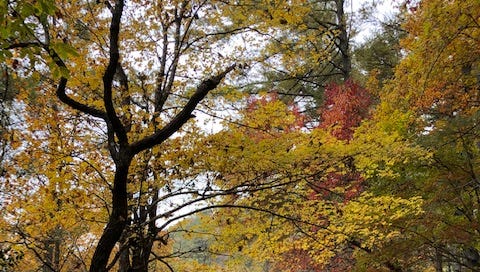



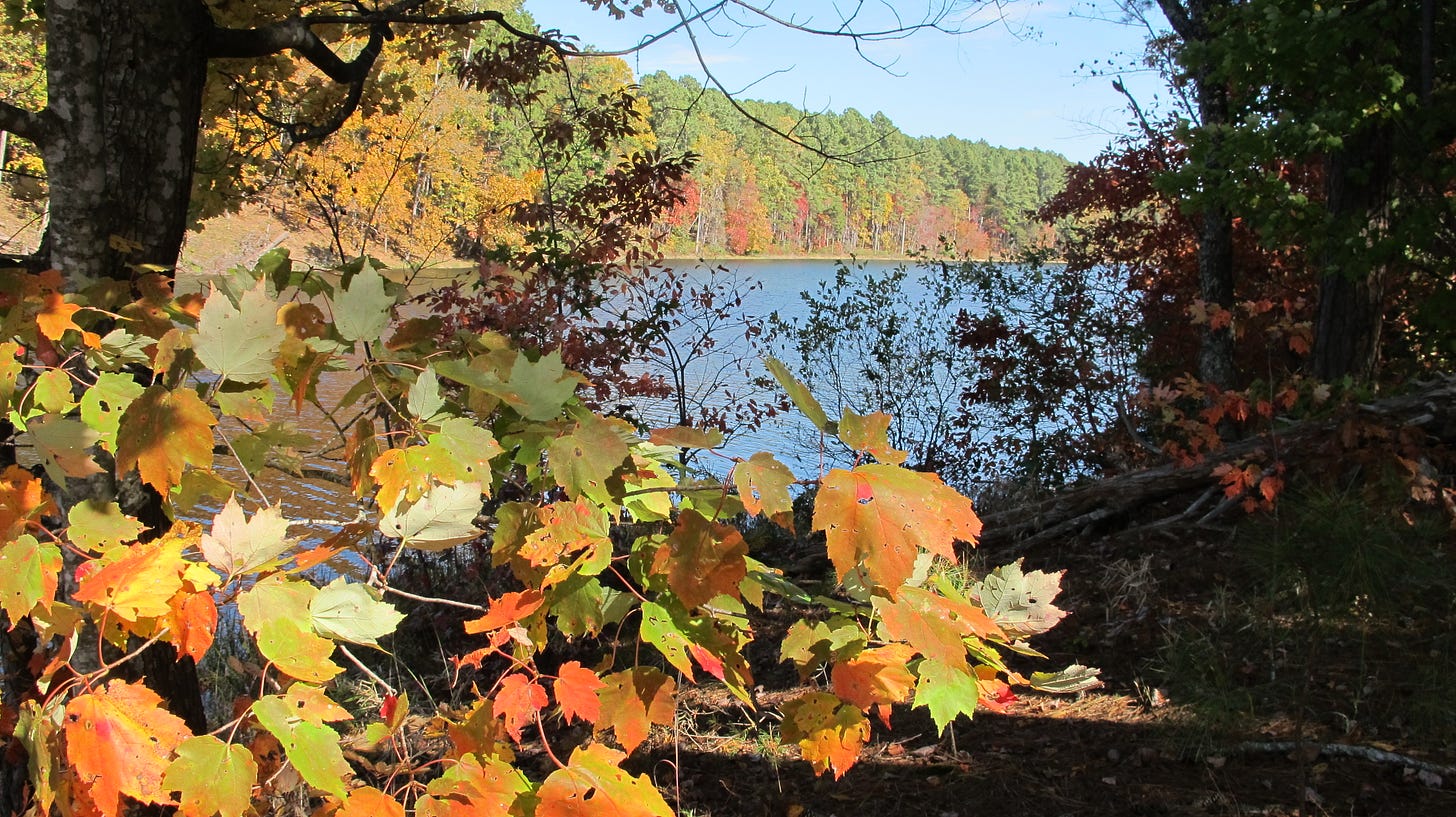
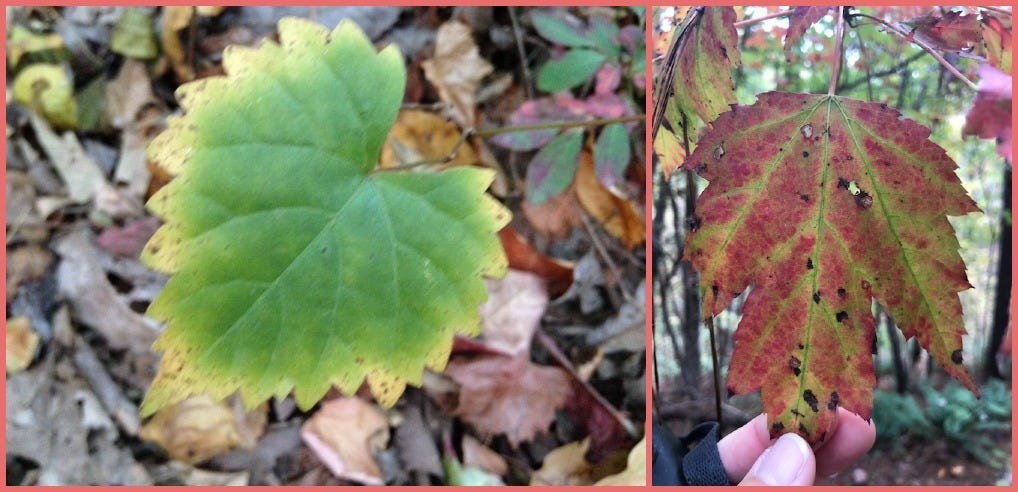
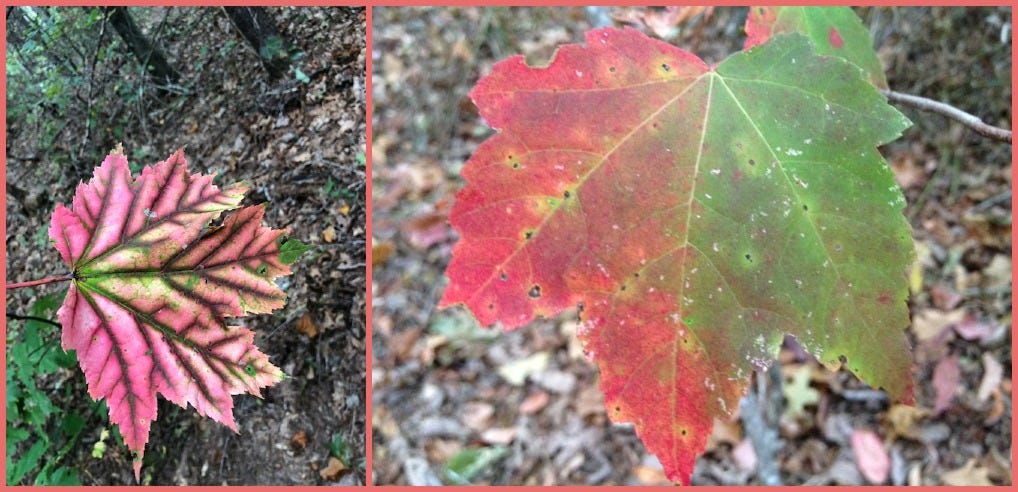
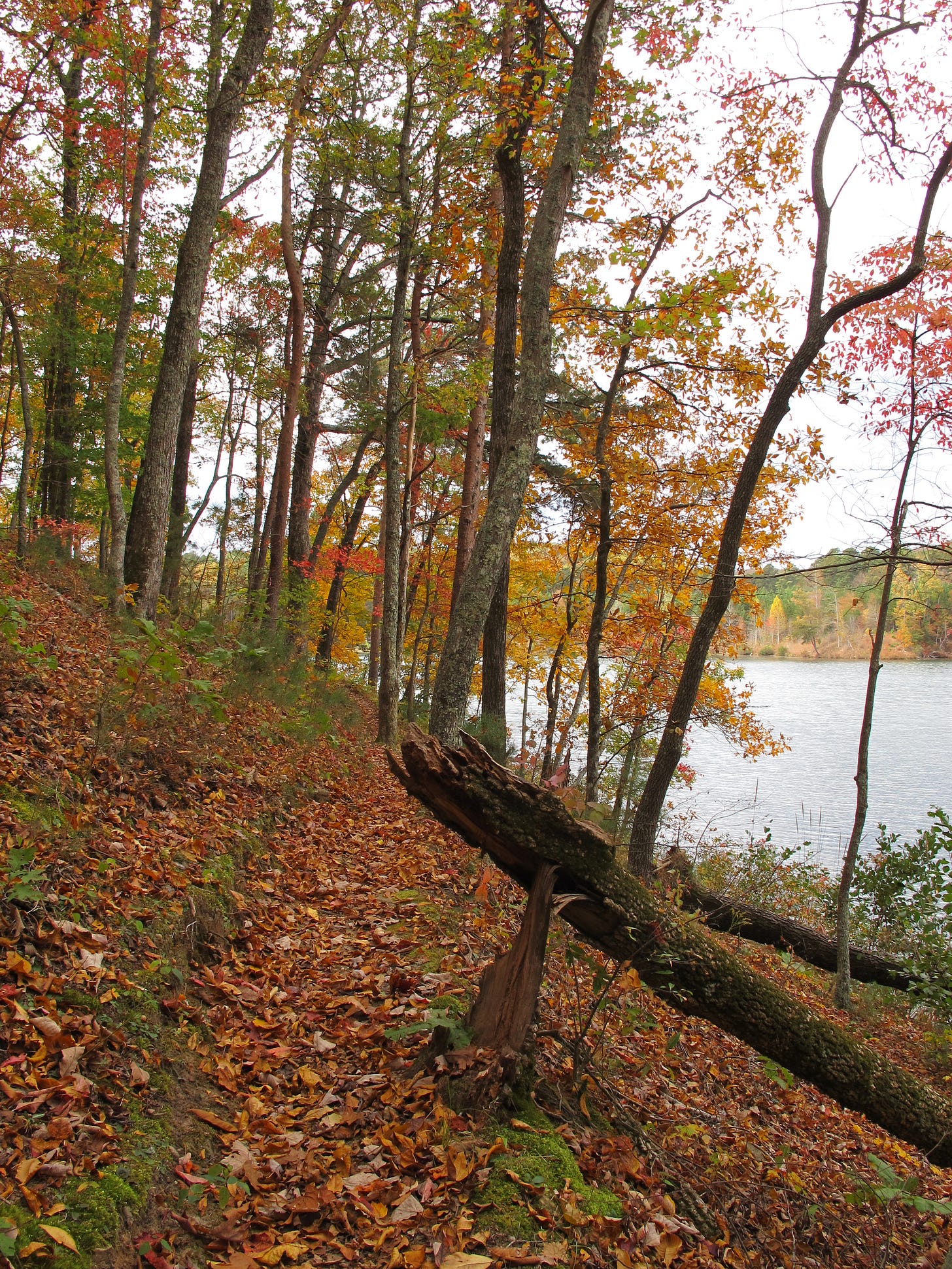
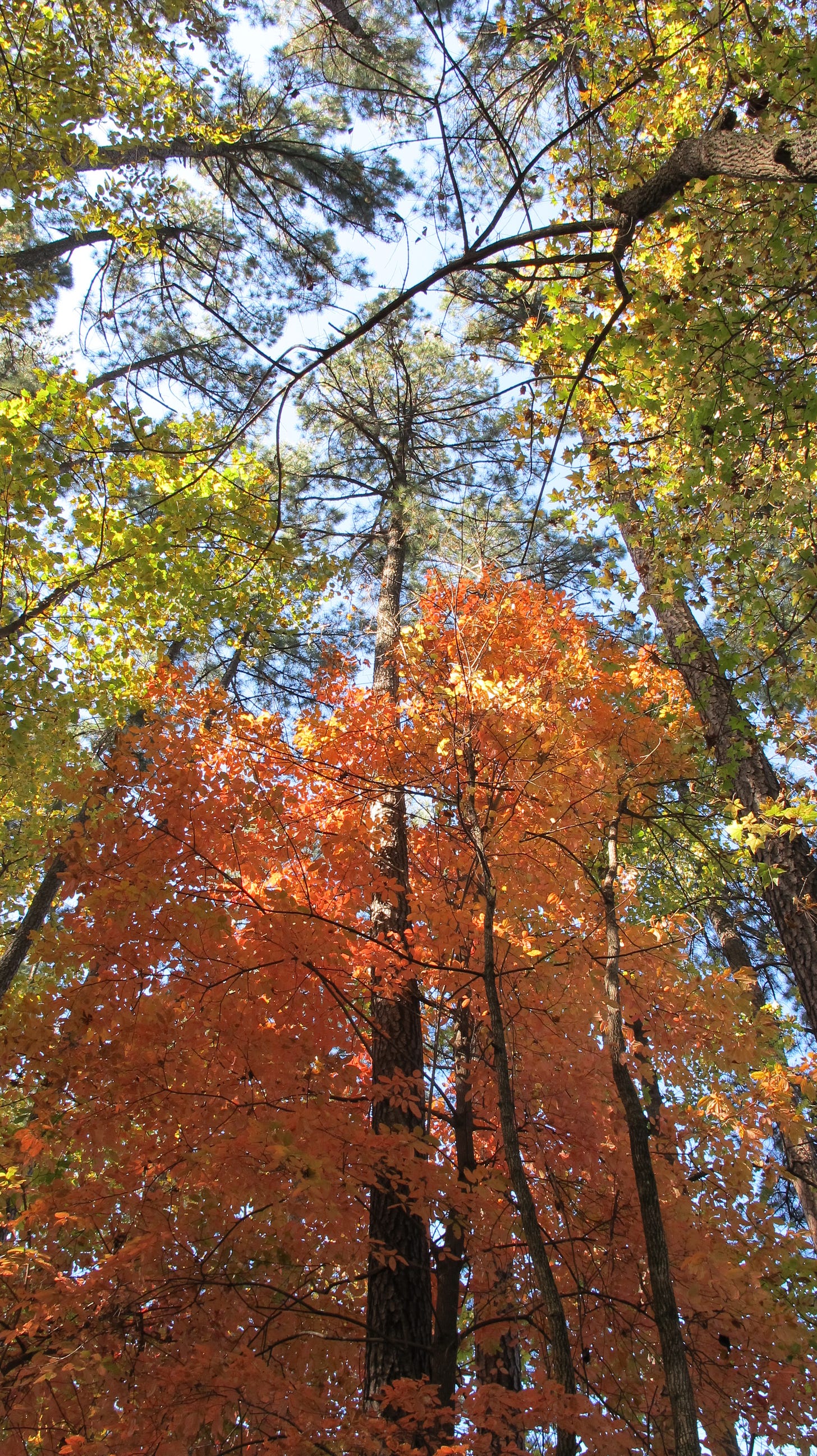

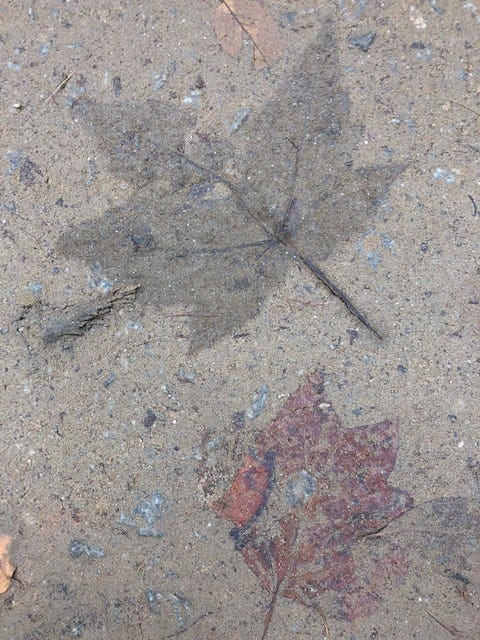
Interesting. New Zealand doesn't have much in the way of native deciduous trees, so the beautiful colours are something we only get to enjoy from introduced species.
That’s interesting - so you have mostly native coniferous trees? There is a coniferous that changes color - the Larch turns its needles golden right about this time of year. They live at high elevations, so we don’t have any around here.